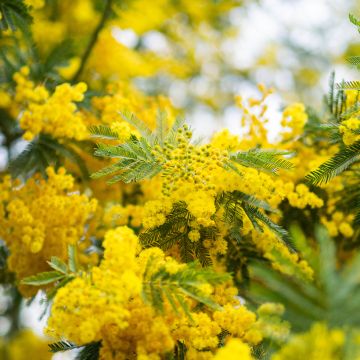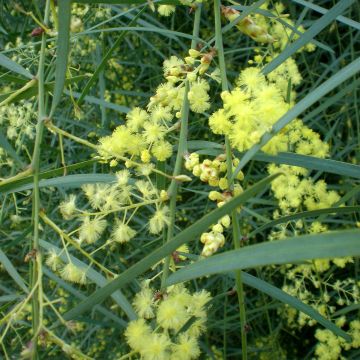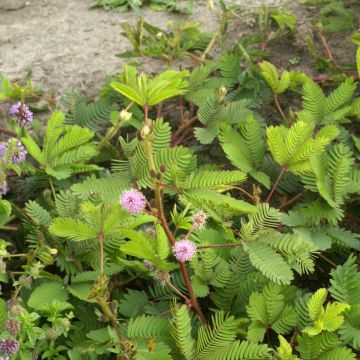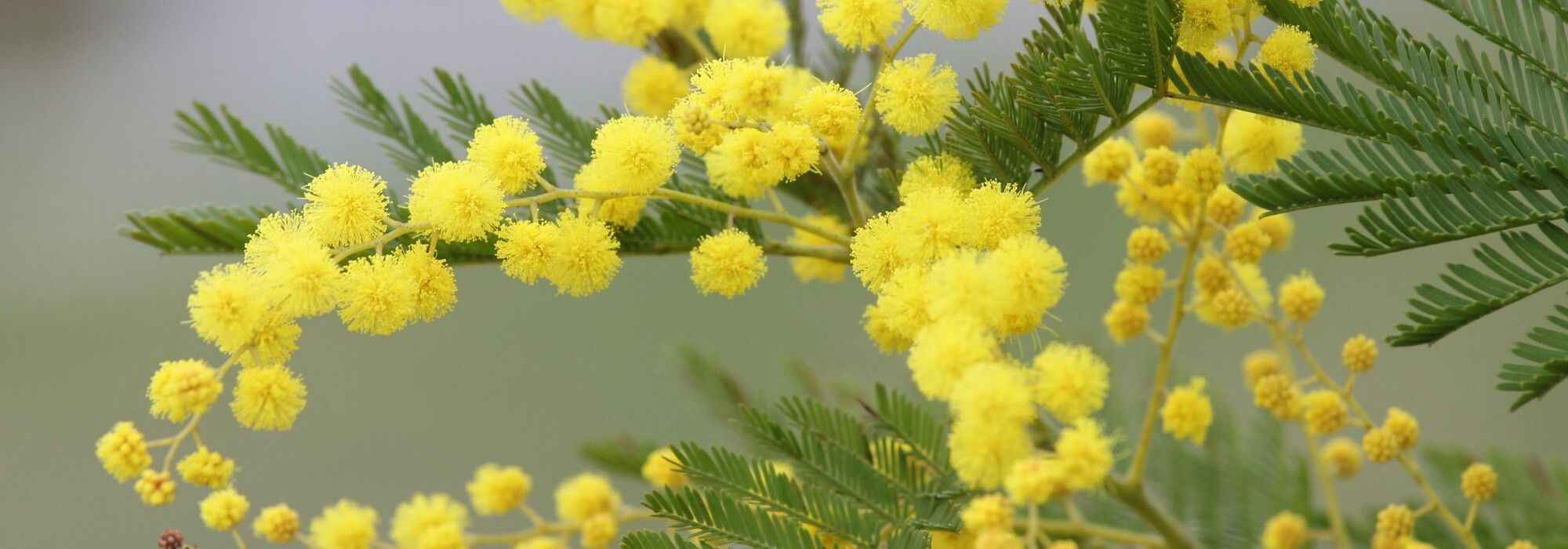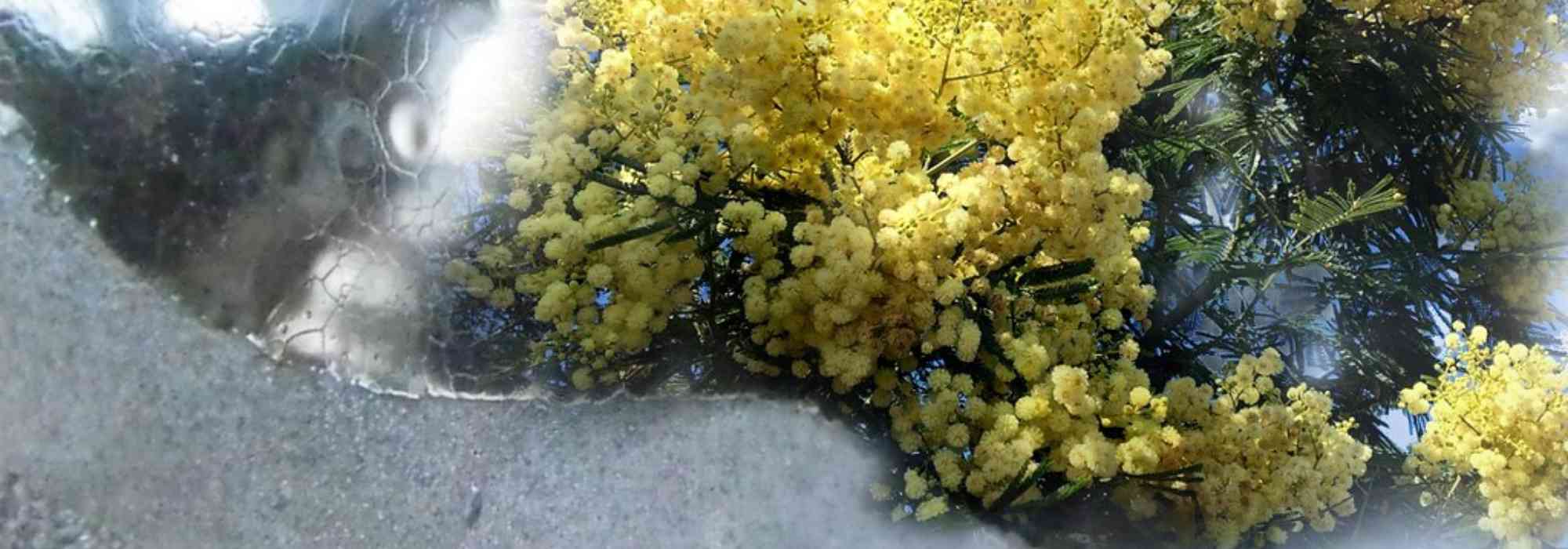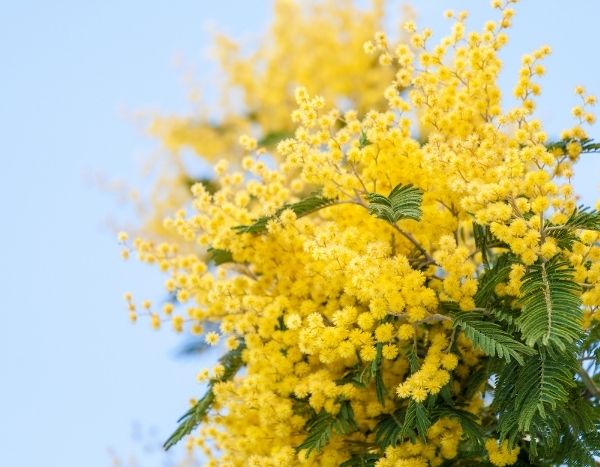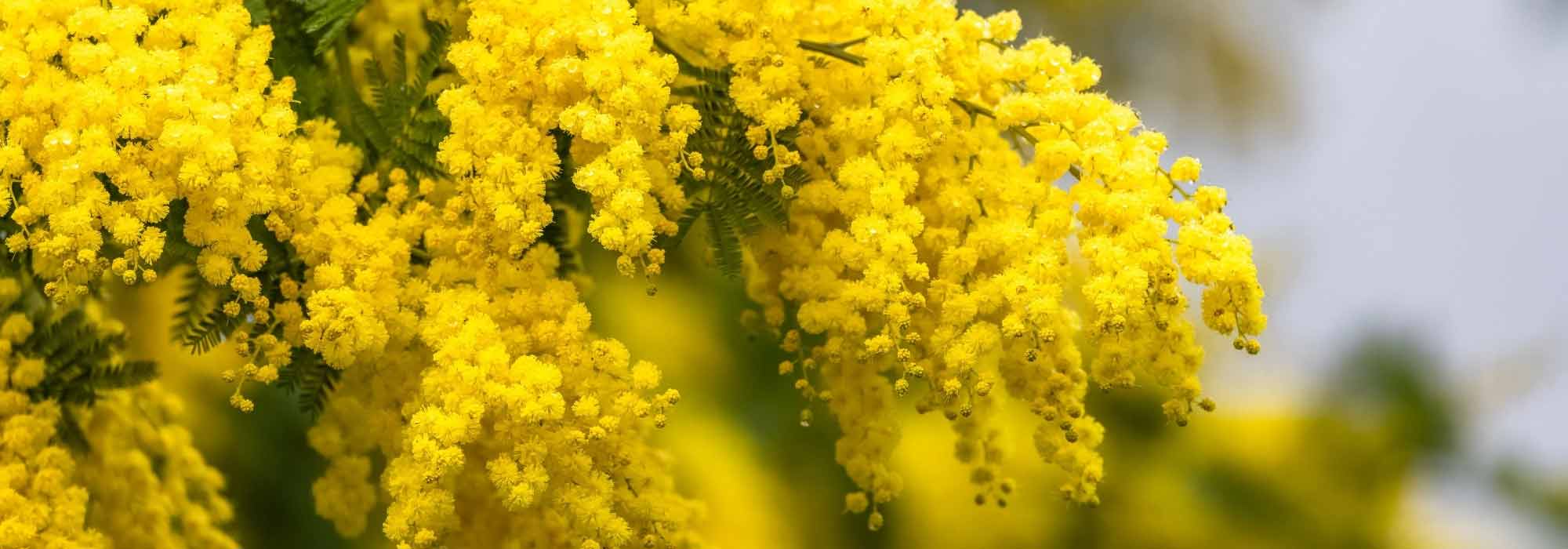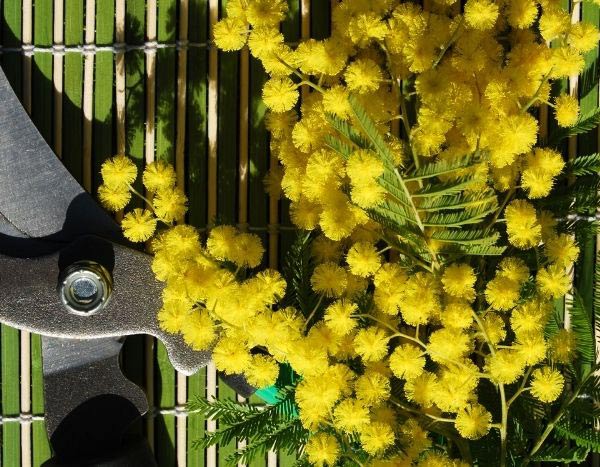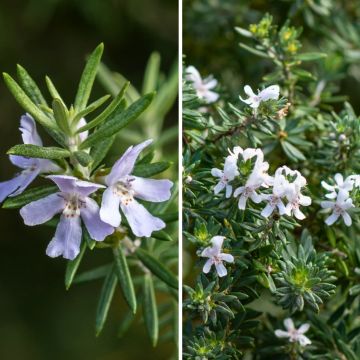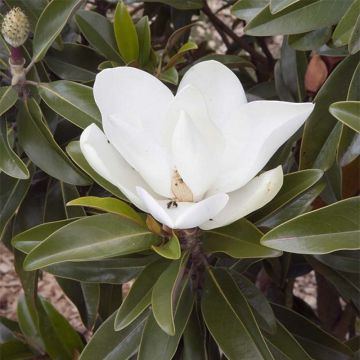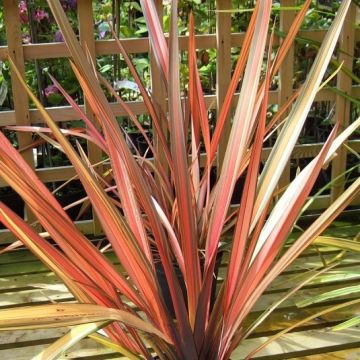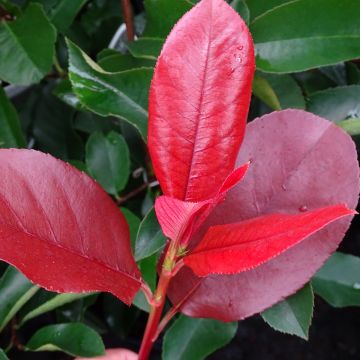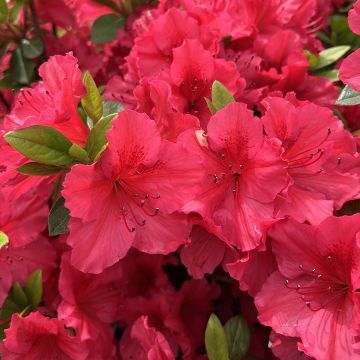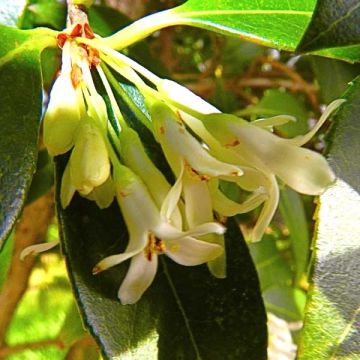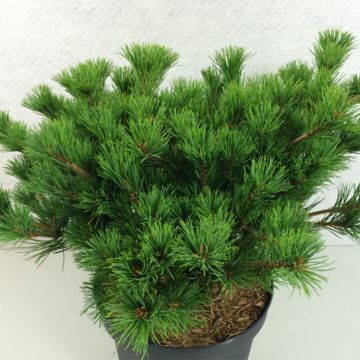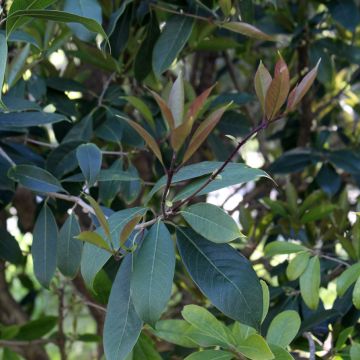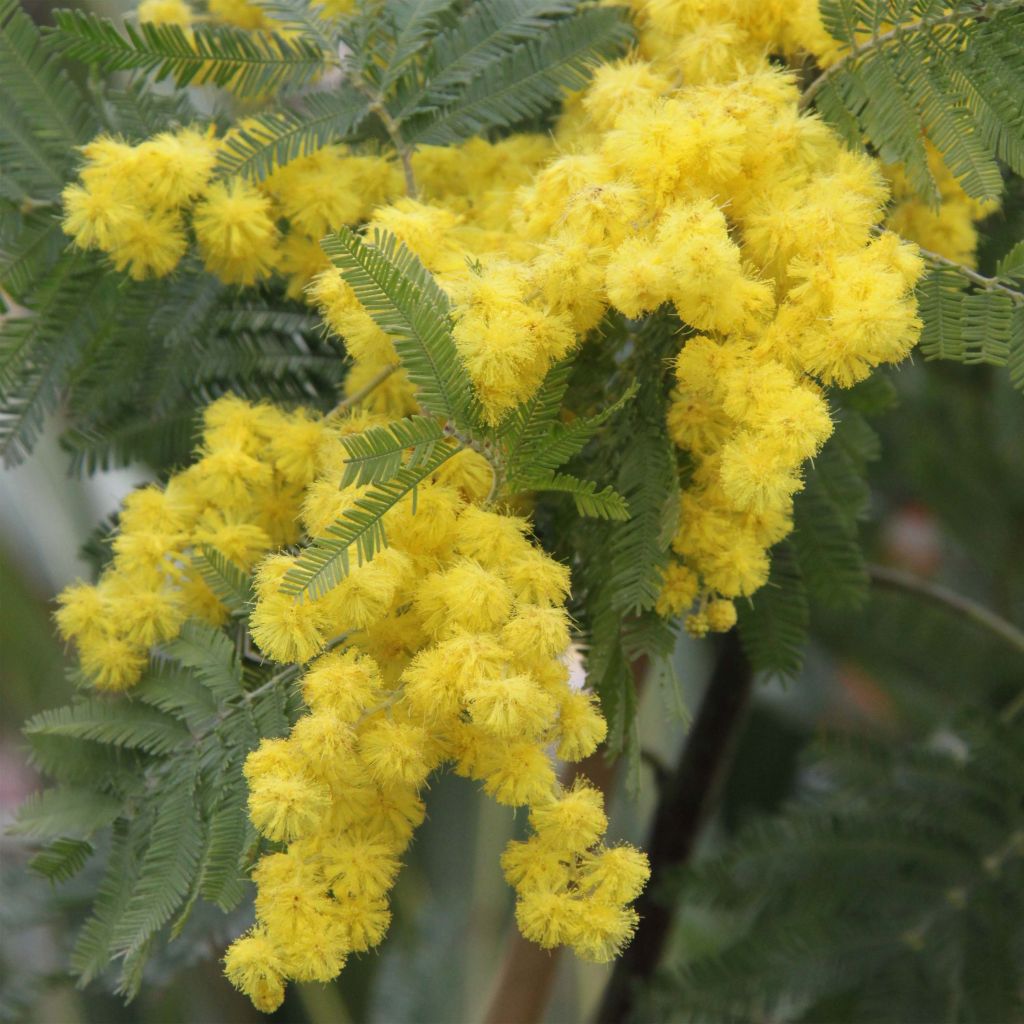

Acacia dealbata Gaulois Astier
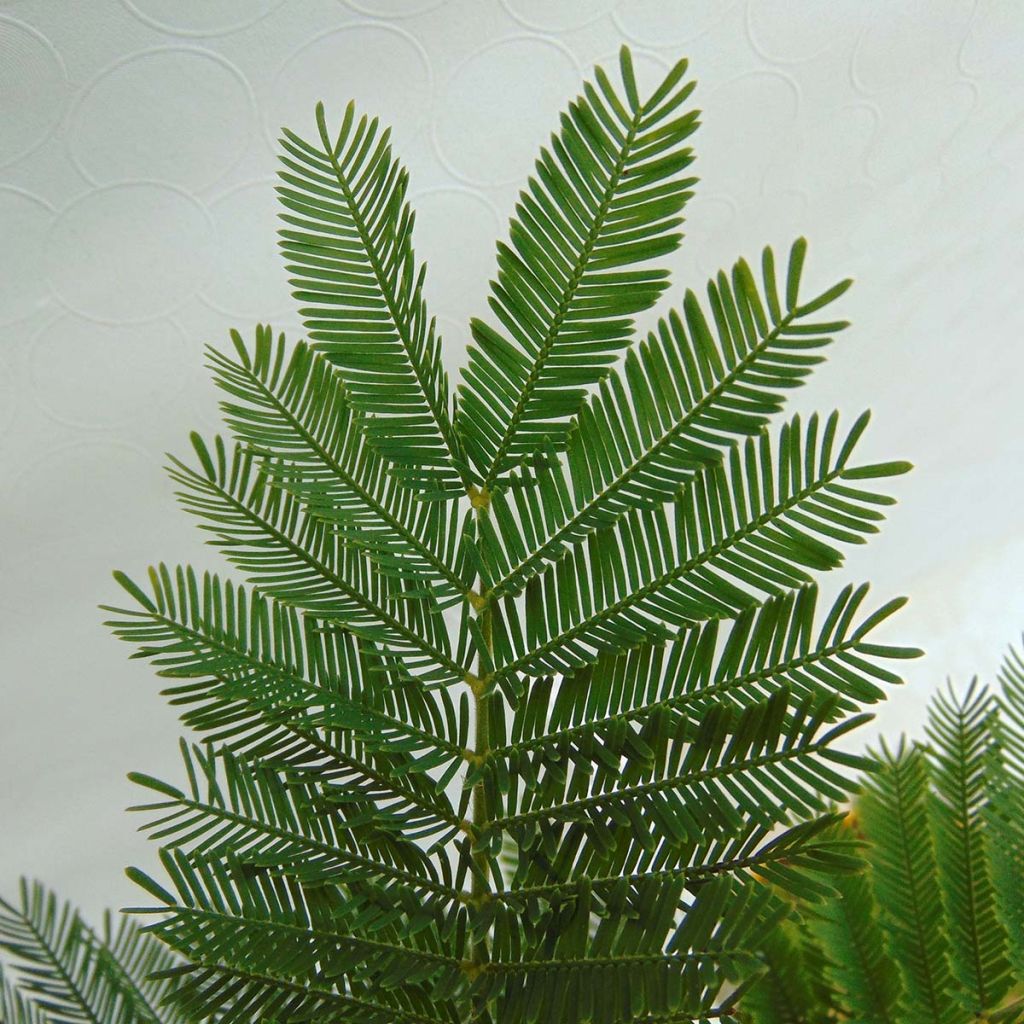

Acacia dealbata Gaulois Astier
Acacia dealbata Gaulois Astier
Acacia dealbata Gaulois Astier
Blue Wattle
Very beautiful bush - delivered perfectly well packaged - it is now magnificent - thank you
Foxmilou86, 23/09/2025
Special offer!
Receive a €20 voucher for any order over €90 (excluding delivery costs, credit notes, and plastic-free options)!
1- Add your favorite plants to your cart.
2- Once you have reached €90, confirm your order (you can even choose the delivery date!).
3- As soon as your order is shipped, you will receive an email containing your voucher code, valid for 3 months (90 days).
Your voucher is unique and can only be used once, for any order with a minimum value of €20, excluding delivery costs.
Can be combined with other current offers, non-divisible and non-refundable.
Home or relay delivery (depending on size and destination)
Schedule delivery date,
and select date in basket
This plant carries a 24 months recovery warranty
More information
We guarantee the quality of our plants for a full growing cycle, and will replace at our expense any plant that fails to recover under normal climatic and planting conditions.

Does this plant fit my garden?
Set up your Plantfit profile →
Description
Grafted Acacia dealbata Gaulois Astier has all the qualities of the Mimosa or Blue wattle, but does not have the suckering characteristic that is rightly criticised when it grows on its own roots. It also has the advantage of tolerating limestone soils very well. Its only weakness is the low hardiness of its rootstock, which perishes below -5 to -6°C (23 to 21.2 °F) if not protected. It is a large and beautiful evergreen bush that flowers early in late winter or spring in mild climates, in an abundant and fragrant yellow pompon-infused cushion. This mimosa is a fantastic hedge shrub or a very beautiful specimen to plant in isolation in favourable climates. It will also make a superb specimen, planted in a large pot, to be stored away in winter in cold regions. Its flowering branches are sublime in winter bouquets.
Acacia dealbata, native to Australia, should not be confused with the tree we call acacia, which belongs to the Robinia genus. The latter is a true small tree, suckering when it grows on its own roots, fast-growing but with a short lifespan. It was imported to Europe as early as 1771 and arrived in France in 1804. This plant, belonging to the Fabaceae family and the Mimosaceae subfamily, was widely planted in the 19th century on the French Riviera, which offers a mild, warm, dry climate in summer, and a slightly acidic soil – very favourable conditions for its establishment – to such an extent that this species has become invasive there and poses a threat to the survival of the local flora.
It is available as a plant grafted onto A. retinodes, the non-suckering perennial mimosa that tolerates limestone soils much better. This small tree with a single trunk has a rounded and dense habit, reaching 5 m (16 ft 5 in) in height and 4.5 m (14 ft 10 in) in width at maturity in favourable conditions. Its dimensions can easily be contained through post-flowering pruning or cultivation in pots. The bark is smooth and greyish in colour. It flowers abundantly in a truly spectacular fashion from January to March, depending on climatic conditions. Its small round flowers consist of bright yellow stamens in clusters and are gathered in axillary racemes. Their scent is highly distinctive: a very fresh herbaceous start gives way to a divine scent of honey and a powdery fragrance. Its velvety branches bear strongly divided leaves, green with bluish and silvery reflections. Each leaf is divided into leaflets, themselves divided into tiny leaflets. It is hardy down to a minimum of -6 °C (21.2 °F), but it has excellent resistance to summer drought.
Blue wattle Gaulois Astier, when planted in the ground in mild climates, can be placed as a standalone specimen, in a hedge or in a row, as a natural privacy screen, due to its shading power. It can be combined with other tender shrubs with an exotic appearance, such as evergreen ceanothus, Caesalpinia gilliesii, Jacaranda mimosifolia (Blue Flamboyant), Sesbania punicea, escallonias, callistemons, Grevillea robusta, or Coleonema album.
For your bouquets: pick the branches when the flowers have just opened. Place them in slightly sweetened warm water and regularly add water to the vase. Keep your bouquet in a moderately heated room and take it out at night if there is no frost.
Acacia dealbata Gaulois Astier in pictures
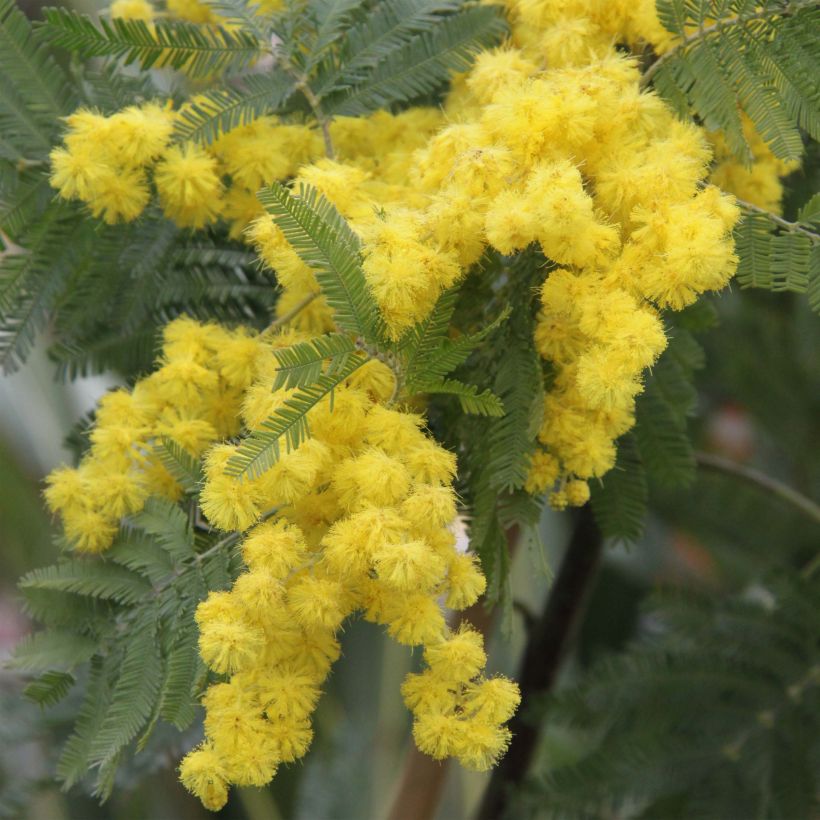

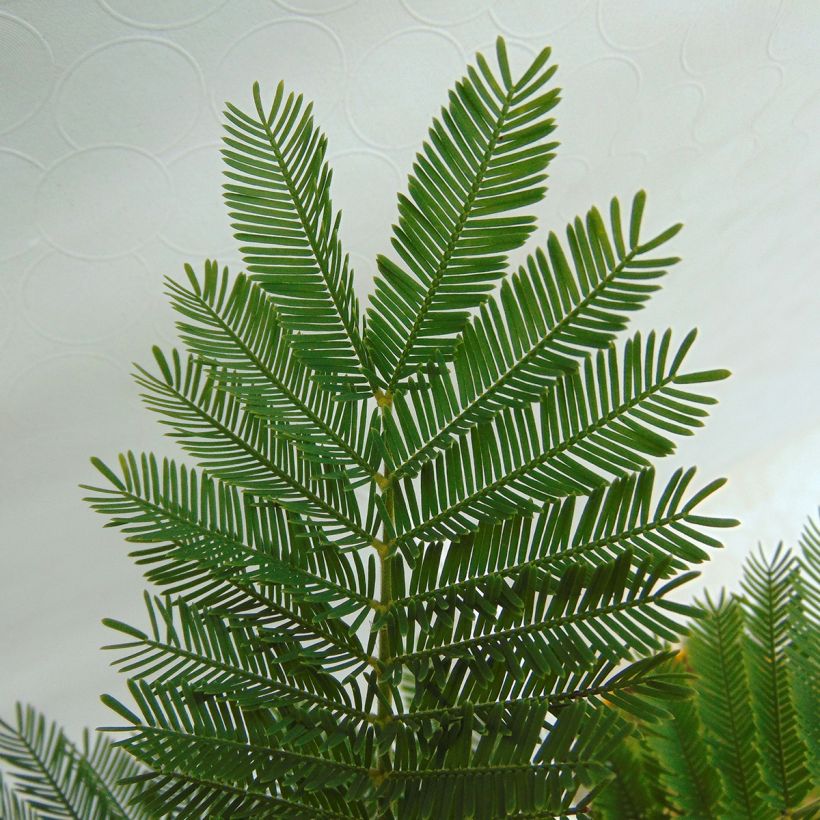

Plant habit
Flowering
Foliage
Botanical data
Acacia
dealbata
Gaulois Astier
Fabaceae
Blue Wattle
Australia
Other Acacia - Wattle
View all →Planting and care
Acacia dealbata, grafted on A. retinodes, is cultivated in the same way. It is preferably planted in spring, in March or April, in a very sunny position sheltered from strong winds; autumn planting is reserved for mild climatic regions. The roots of the perennial mimosa being rather shallow, it is advisable to install a stake at the time of planting, to keep it upright and allow it to root. This shrub is not demanding on the nature of the soil, which must however be sufficiently draining. As it tolerates drought well, watering is not necessary when grown in open ground. Although optional, an annual light pruning is recommended, especially if the tree is slightly exposed to the wind: after flowering, in April, prune the branches that have bloomed by about half their length. This also helps to prevent the formation of pods that unnecessarily exhaust the plant. A spring pruning can also be done to remove branches that have suffered from the cold in order to rebalance the habit of the bush. The mimosa is sensitive to cold: as soon as temperatures approach 0 °C (32 °F), it is advisable to install a thick mulch at its base and cover it with a winter veil.
In the case of pot cultivation, repot in a large container every two years, in spring. Water from time to time; the root ball should not dry out completely. In cold regions, it should be overwintered in a bright and cool but frost-free place.
When it grows on its own roots, Acacia dealbata is very drought-resistant and hardy down to -10 °C (14 °F) in a sheltered exposure, regrowing from the stump even if all its aboveground parts have been destroyed. However, it tolerates the presence of excessive limestone in the soil poorly and produces a lot of suckers. It is therefore advisable not to plant it too close to the foundations of the house!
The enemies of this mimosa are the psyllid (jumping plant louse) as well as the citrus flatid planthopper (Metcalfa pruinosa) and the cottony cushion scale (Icerya purchasi), which are white, fluffy and cottony. To limit their spread, spray nettle manure or diluted black soap at 5%.
Planting period
Intended location
Care
Planting & care advice
-
, onOrder confirmed
Reply from on Promesse de fleurs
Similar products
Haven't found what you were looking for?
Hardiness is the lowest winter temperature a plant can endure without suffering serious damage or even dying. However, hardiness is affected by location (a sheltered area, such as a patio), protection (winter cover) and soil type (hardiness is improved by well-drained soil).

Photo Sharing Terms & Conditions
In order to encourage gardeners to interact and share their experiences, Promesse de fleurs offers various media enabling content to be uploaded onto its Site - in particular via the ‘Photo sharing’ module.
The User agrees to refrain from:
- Posting any content that is illegal, prejudicial, insulting, racist, inciteful to hatred, revisionist, contrary to public decency, that infringes on privacy or on the privacy rights of third parties, in particular the publicity rights of persons and goods, intellectual property rights, or the right to privacy.
- Submitting content on behalf of a third party;
- Impersonate the identity of a third party and/or publish any personal information about a third party;
In general, the User undertakes to refrain from any unethical behaviour.
All Content (in particular text, comments, files, images, photos, videos, creative works, etc.), which may be subject to property or intellectual property rights, image or other private rights, shall remain the property of the User, subject to the limited rights granted by the terms of the licence granted by Promesse de fleurs as stated below. Users are at liberty to publish or not to publish such Content on the Site, notably via the ‘Photo Sharing’ facility, and accept that this Content shall be made public and freely accessible, notably on the Internet.
Users further acknowledge, undertake to have ,and guarantee that they hold all necessary rights and permissions to publish such material on the Site, in particular with regard to the legislation in force pertaining to any privacy, property, intellectual property, image, or contractual rights, or rights of any other nature. By publishing such Content on the Site, Users acknowledge accepting full liability as publishers of the Content within the meaning of the law, and grant Promesse de fleurs, free of charge, an inclusive, worldwide licence for the said Content for the entire duration of its publication, including all reproduction, representation, up/downloading, displaying, performing, transmission, and storage rights.
Users also grant permission for their name to be linked to the Content and accept that this link may not always be made available.
By engaging in posting material, Users consent to their Content becoming automatically accessible on the Internet, in particular on other sites and/or blogs and/or web pages of the Promesse de fleurs site, including in particular social pages and the Promesse de fleurs catalogue.
Users may secure the removal of entrusted content free of charge by issuing a simple request via our contact form.
The flowering period indicated on our website applies to countries and regions located in USDA zone 8 (France, the United Kingdom, Ireland, the Netherlands, etc.)
It will vary according to where you live:
- In zones 9 to 10 (Italy, Spain, Greece, etc.), flowering will occur about 2 to 4 weeks earlier.
- In zones 6 to 7 (Germany, Poland, Slovenia, and lower mountainous regions), flowering will be delayed by 2 to 3 weeks.
- In zone 5 (Central Europe, Scandinavia), blooming will be delayed by 3 to 5 weeks.
In temperate climates, pruning of spring-flowering shrubs (forsythia, spireas, etc.) should be done just after flowering.
Pruning of summer-flowering shrubs (Indian Lilac, Perovskia, etc.) can be done in winter or spring.
In cold regions as well as with frost-sensitive plants, avoid pruning too early when severe frosts may still occur.
The planting period indicated on our website applies to countries and regions located in USDA zone 8 (France, United Kingdom, Ireland, Netherlands).
It will vary according to where you live:
- In Mediterranean zones (Marseille, Madrid, Milan, etc.), autumn and winter are the best planting periods.
- In continental zones (Strasbourg, Munich, Vienna, etc.), delay planting by 2 to 3 weeks in spring and bring it forward by 2 to 4 weeks in autumn.
- In mountainous regions (the Alps, Pyrenees, Carpathians, etc.), it is best to plant in late spring (May-June) or late summer (August-September).
The harvesting period indicated on our website applies to countries and regions in USDA zone 8 (France, England, Ireland, the Netherlands).
In colder areas (Scandinavia, Poland, Austria...) fruit and vegetable harvests are likely to be delayed by 3-4 weeks.
In warmer areas (Italy, Spain, Greece, etc.), harvesting will probably take place earlier, depending on weather conditions.
The sowing periods indicated on our website apply to countries and regions within USDA Zone 8 (France, UK, Ireland, Netherlands).
In colder areas (Scandinavia, Poland, Austria...), delay any outdoor sowing by 3-4 weeks, or sow under glass.
In warmer climes (Italy, Spain, Greece, etc.), bring outdoor sowing forward by a few weeks.































